The mandate for Murphy & Dittenhafer Architects, the firm designing the ramps, was to disturb as little history as possible.

Exterior ramp rendering

When Architect Peter Schwab designed renovations for the 1792 rectory of Old St. Paul’s Episcopal Church in Baltimore, he had to adhere to strict historical standards. Replacement plaster had to contain animal hair; mortar to repoint brick had to include lime; and old-growth hard pine flooring needed to be preserved wherever possible.
Now, Schwab is across the street at Old St. Paul’s church on Charles Street, erected in 1856, for another Murphy & Dittenhafer Architects project. This time, the mandate for Schwab and his co-designer, Architect Lauren Myatt, was to disturb as little history as possible.
Their task was to design an exterior accessibility ramp over the three stone steps that lead from the sidewalk to a landing under a portico at the church main entrance, as well as a shorter ramp from the landing into the church interior.
Like us on Facebook!
The first historical challenge had nothing to do with the structure.
“When Lauren got involved, we found out pretty quickly they didn’t know where the property line was,” Schwab says of church officials. Locating it was a must to be sure the ramp would be entirely on the church’s property.
Like Schwab, Myatt is no stranger to historical sleuthing. She designed the rectory renovations with Schwab, and several years ago she examined the church’s painted wood ceiling before designing a new paint scheme to give it a starry-sky look popular in the mid-1800s.
Fitting in historically
The main ramp at Old St. Paul’s, whose original congregation dates to 1692, will be constructed of concrete. Its brownstone trim will match the foundation of the Italian Renaissance-style church. Traditional steel railings will run the length of the ramp.
The top ramp, rising seven inches from the landing to the church threshold, will be black granite.
The project’s design had to win the approval of Baltimore’s Commission for Historical and Architectural Preservation. The Architects worked with CHAP for about a year on the plans.
“That’s fairly long for a small project,” Schwab points out.
This is one of numerous preservation projects taken on by Murphy & Dittenhafer.
“This is a project where we’re really helping out historically. We take on projects that we think are important to do,” Schwab explains.
The ramp design was well-received by CHAP, Schwab says. The work should be completed in the spring.
Overcoming challenges
If designing the accessible ramps for the church sounds simple, it wasn’t. The longer ramp must be supported and anchored, and the stone steps are just as historic as the rest of the structure. The aim is to not mar them.
“To be non-invasive with the ramps, we went with round concrete footings in the sidewalk area” at the base of the main ramp, Schwab says. “That disturbs less archaeology.”
Still, excavating the sidewalk could reveal pieces of history.
“The foundations will be dug by hand, so if we uncover artifacts, we can stop and remove them,” Schwab says.
The sidewalk and the street presented another problem for the Architects.
“They’re on a significant slope along North Charles Street, so it was challenging to work out the ramp,” Schwab adds.
With a nod to history, the Architects dissuaded church officials from pursuing one aspect of the project they brought to Murphy & Dittenhafer: enclosing the columned portico.
“We would have felt that we were violating the original design,” Schwab explains.
A special undertaking
For Schwab, who has done design work for about eight church renovations, the earlier work at the rectory and the accessible wheelchair ramp project reinforce a personal connection. His ancestors were members of the original 1692 church’s vestry, which helped manage parish affairs.
Among them was Richard Gist, who surveyed and laid out Baltimore in 1729. Schwab’s other relatives who worshiped at the church include the Howard family, who are buried in the church graveyard a few blocks away with heroes of the Revolution and the War of 1812.
“It means a lot,” Schwab says of his connection to Old St. Paul’s.
At Murphy & Dittenhafer Architects, we feel lucky to have such awesome employees who create meaningful and impressive work. Meet the four team members we welcomed in 2024.
The ribbon-cutting ceremony at the new Department of Legislative Services (DLS) office building in Annapolis honored a truly iconic point in time for the state of Maryland.
As Murphy & Dittenhafer architects approaches 25 years in our building, we can’t help but look at how far the space has come.
Murphy & Dittenhafer Architects took on the Architecture, Interior Design, & Overall Project Management for the new Bedford Elementary School, and the outcome is impactful.
The memorial’s groundbreaking took place in June, and the dedication is set to take place on November 11, 2024, or Veterans Day.
President of Murphy & Dittenhafer Architects, Frank Dittenhafer II, spoke about the company’s contribution to York-area revitalization at the Pennsylvania Downtown Center’s Premier Revitalization Conference in June 2024. Here are the highlights.
The Pullo Center welcomed a range of student musicians in its 1,016-seat theater with full production capabilities.
“Interior designs being integral from the beginning of a project capitalize on things that make it special in the long run.”
Digital animations help Murphy & Dittenhafer Architects and clients see designs in a new light.
Frank Dittenhafer and his firm work alongside the nonprofit to fulfill the local landscape from various perspectives.
From Farquhar Park to south of the Codorus Creek, Murphy & Dittenhafer Architects help revamp York’s Penn Street.
Designs for LaVale Library, Intergenerational Center, and Beth Tfiloh Sanctuary show the value of third places.
The Annapolis Department of Legislative Services Building is under construction, reflecting the state capital’s Georgian aesthetic with modern amenities.
For the past two years, the co-founder and president of Murphy & Dittenhafer Architects has led the university’s College of Arts and Architecture Alumni Society.
The firm recently worked with St. Vincent de Paul of Baltimore to renovate an old elementary school for a Head Start pre-k program.
The market house, an 1888 Romanesque Revival brick structure designed by local Architect John A. Dempwolf, long has stood out as one of York’s premier examples of Architecture. Architect Frank Dittenhafer is passing the legacy of serving on its board to Architectural Designer Harper Brockway.
At Murphy & Dittenhafer Architects, there is a deep-rooted belief in the power of combining history and adaptive reuse with creativity.
University of Maryland Global Campus explores modernizing its administration building, which serves staffers and students enrolled in virtual classes.
The Wilkens and Essex precincts of Baltimore County are receiving solutions-based ideas for renovating or reconstructing their police stations.
The firm has earned the designation annually since 2016 in recognition of its commitment to supporting newer professionals in the field.
Murphy & Dittenhafer Architects recently completed the Design Development phase for a 20,000-square-foot building for Crispus Attucks York. Construction should begin in August.
The facility in Anne Arundel County, Maryland, is re-envisioning its focus with the help of Murphy & Dittenhafer Architects.
Murphy & Dittenhafer Architects received numerous awards from AIA Pennsylvania, AIA Central Pennsylvania, AIA Baltimore, and ABC Keystone.
Since 2019, the firm has designed a number of protected entryways for Anne Arundel County Public Schools.
A business lunch at an iconic building sparked an awakening whose effects continue to ripple down the city thoroughfare.










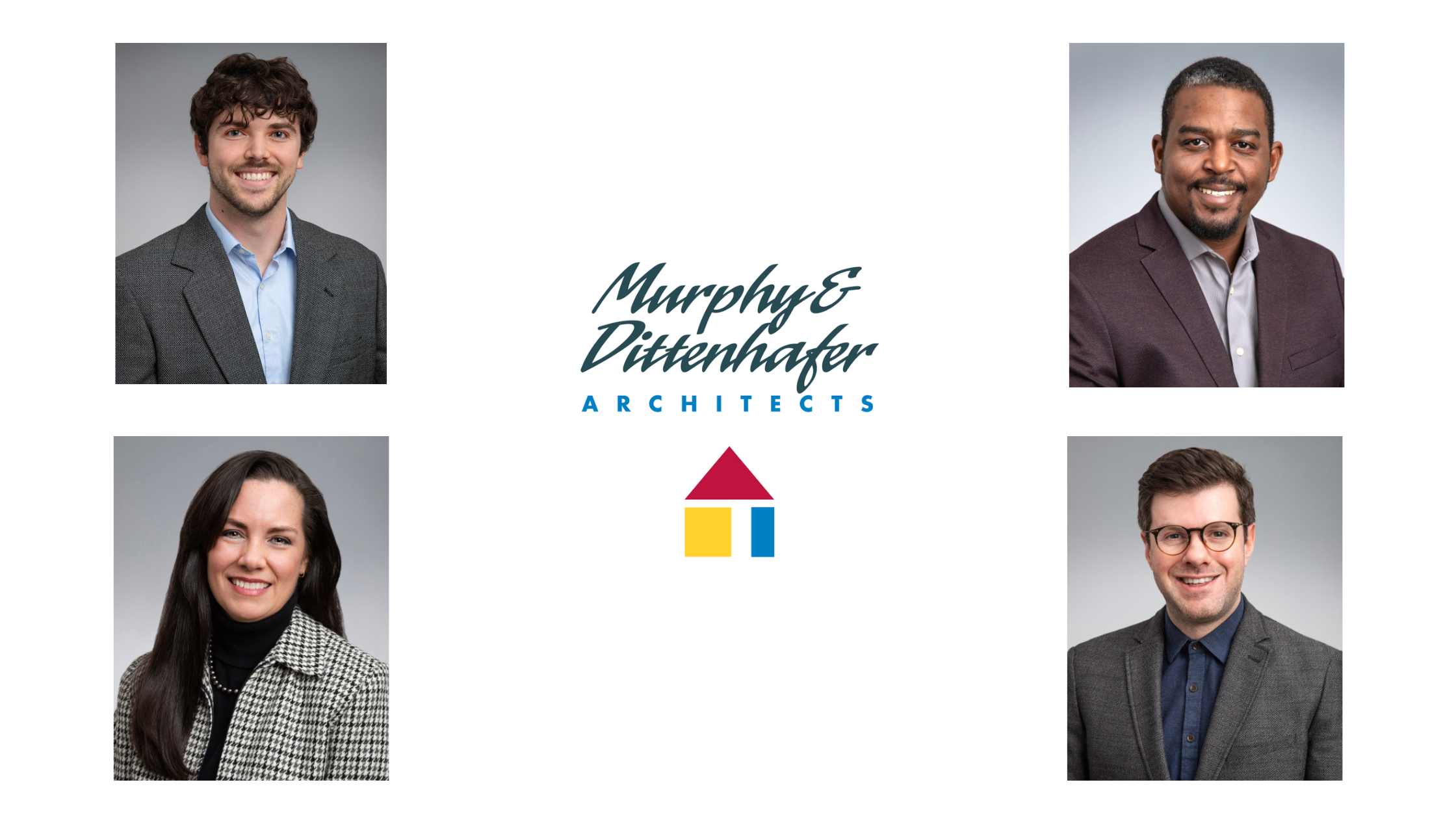





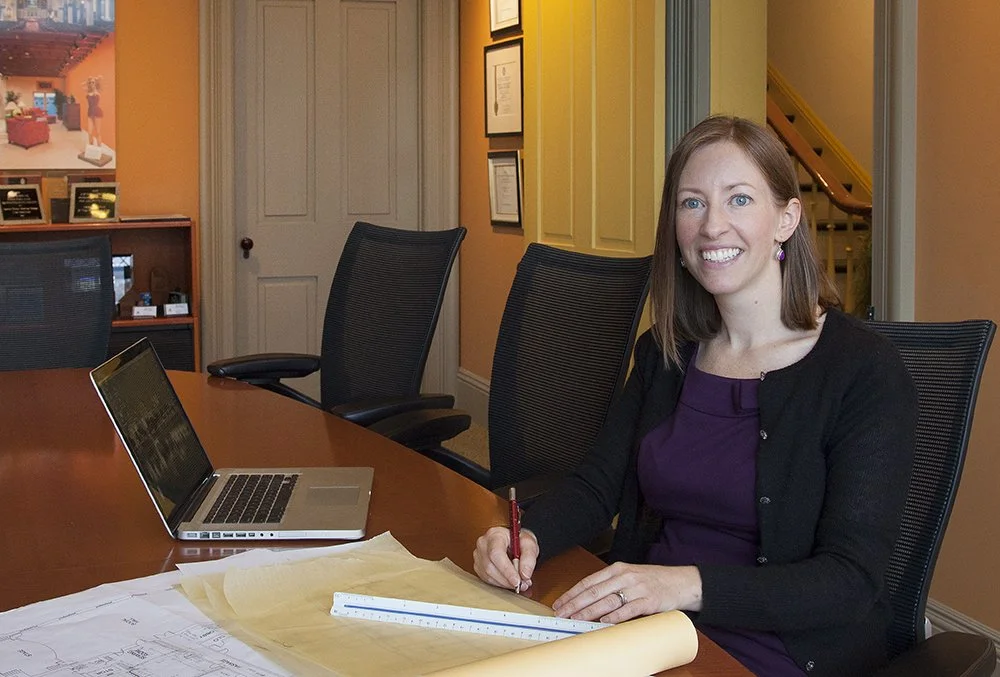


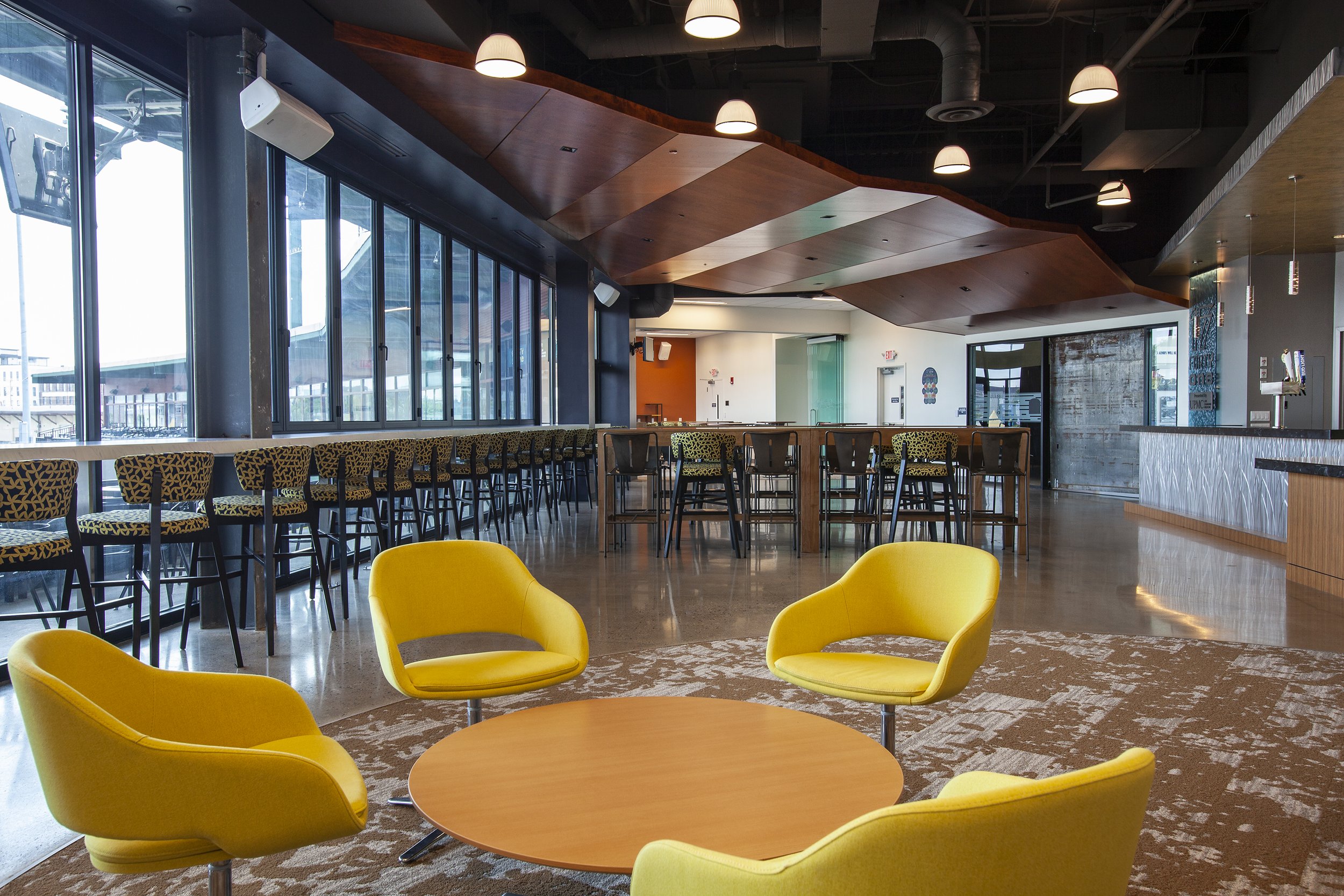




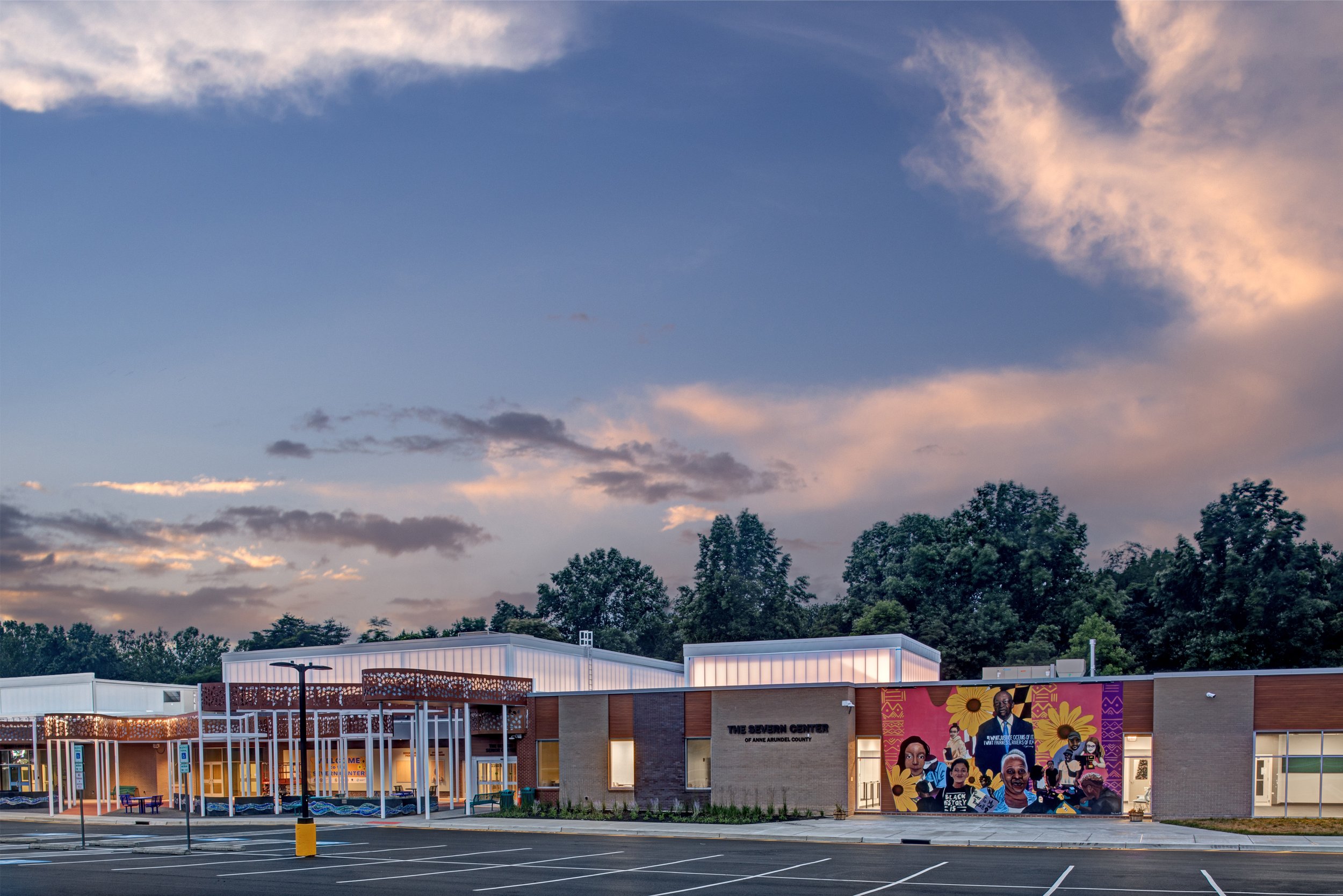


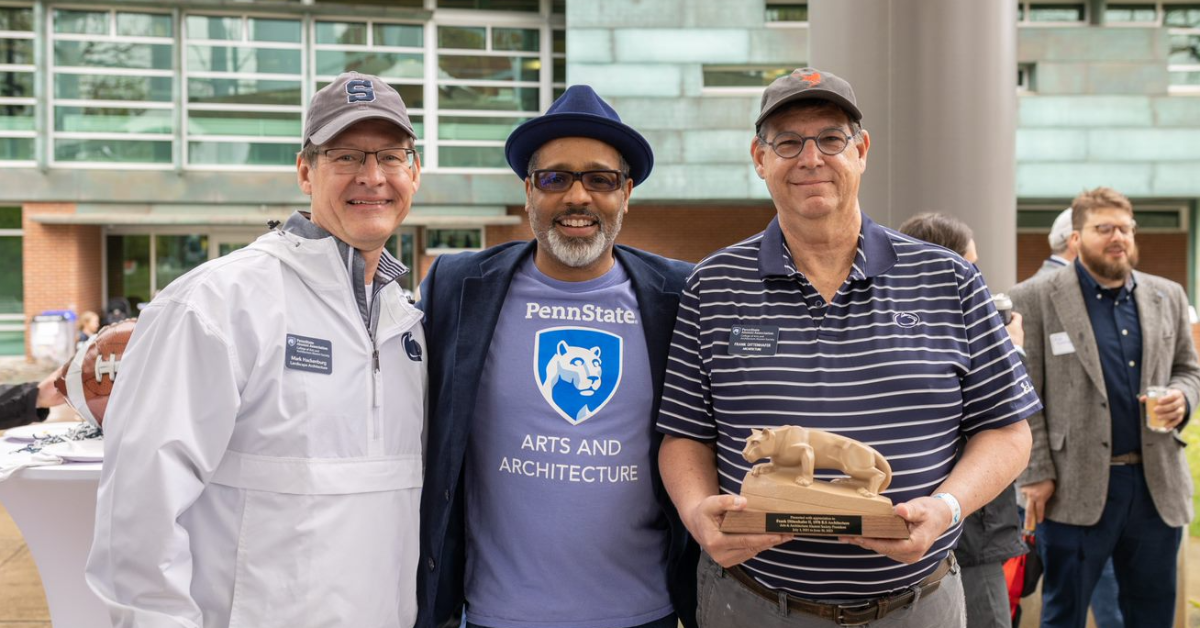
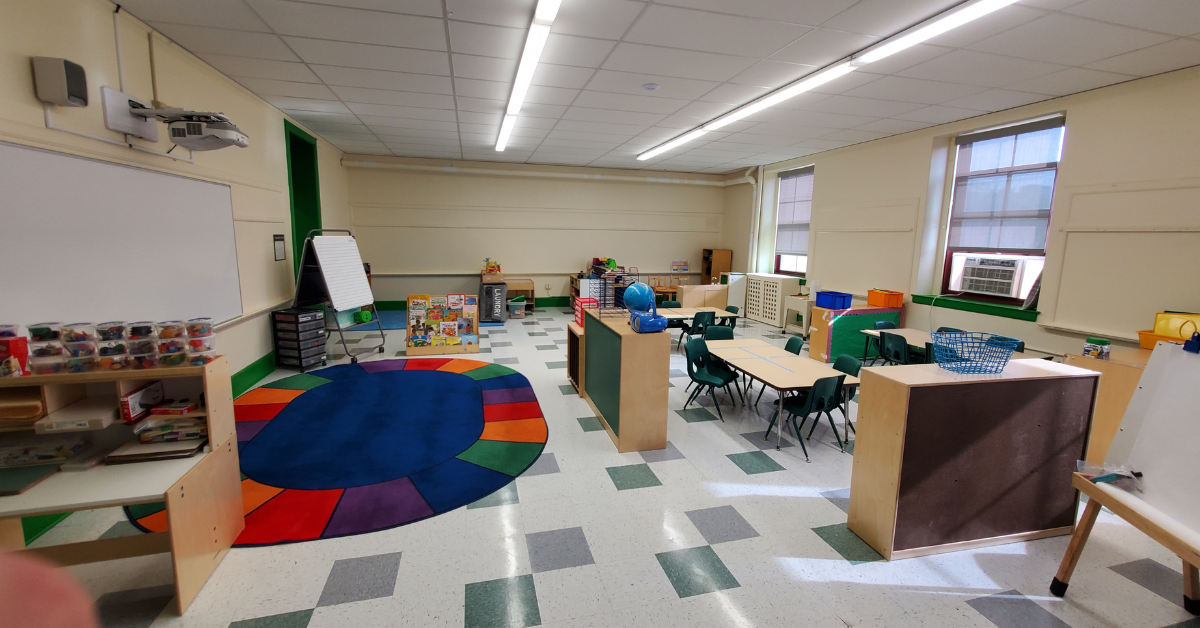
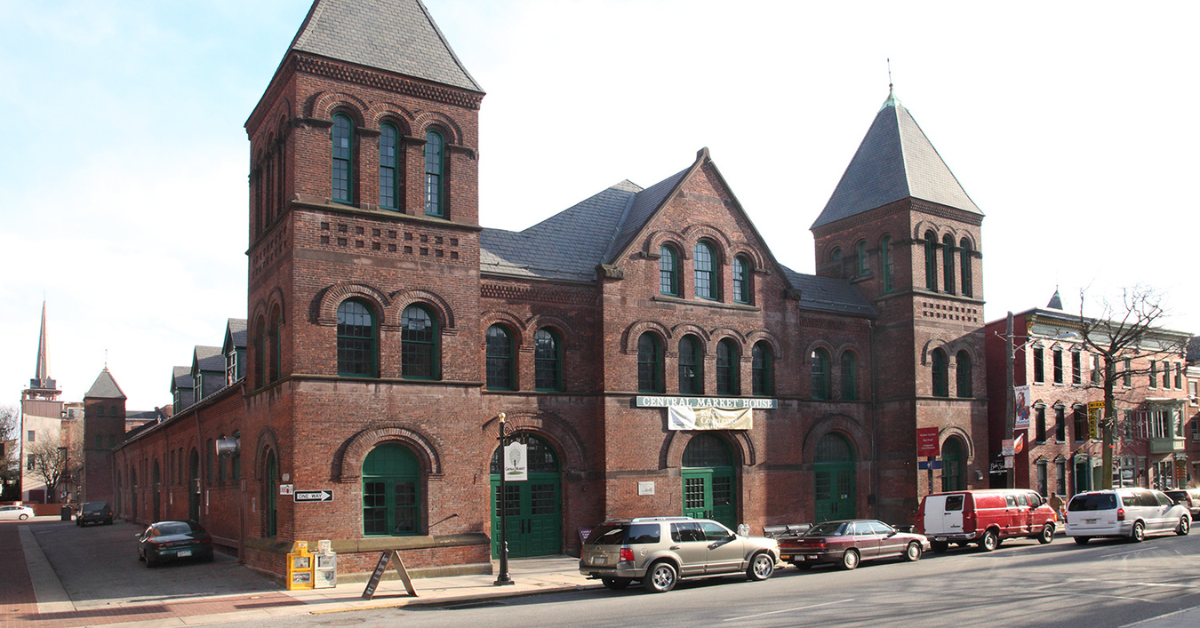









Harford Community College’s expanded new construction Chesapeake Welcome Center is a lesson in Architectural identity